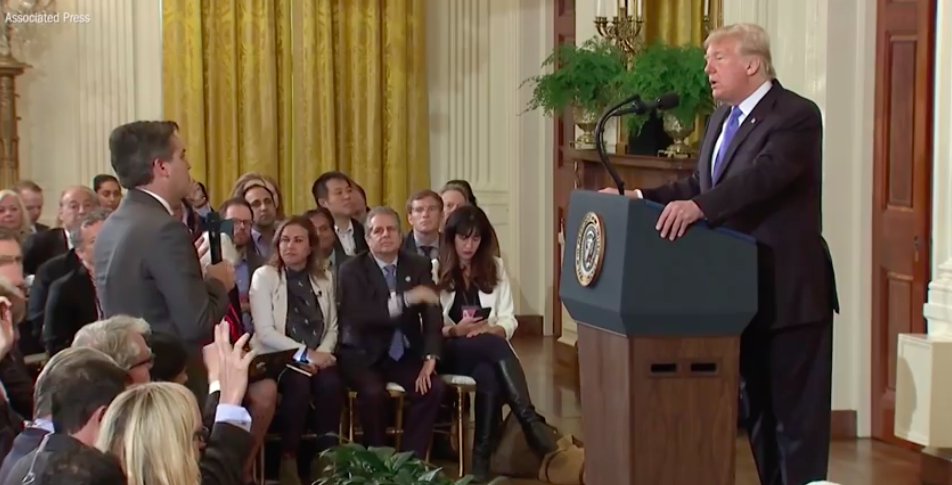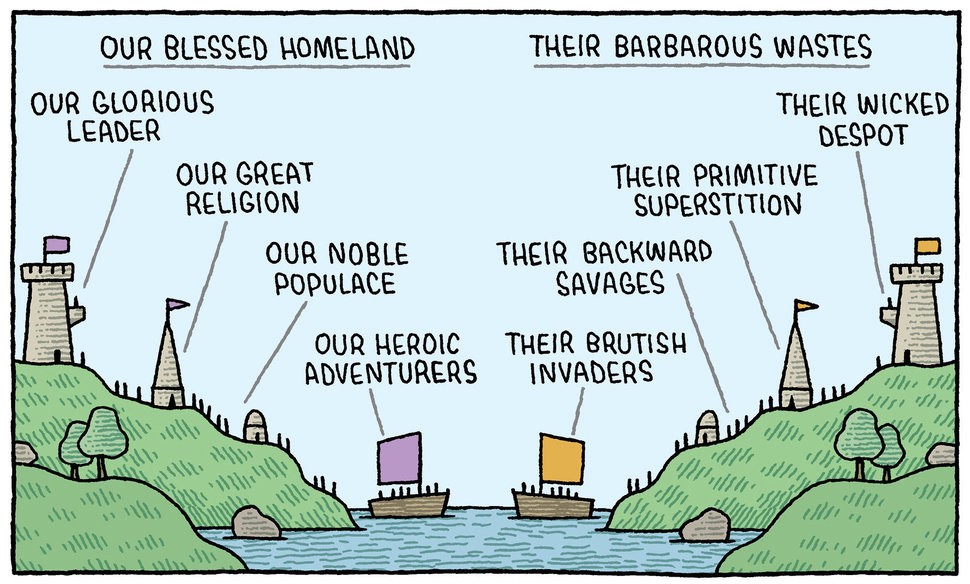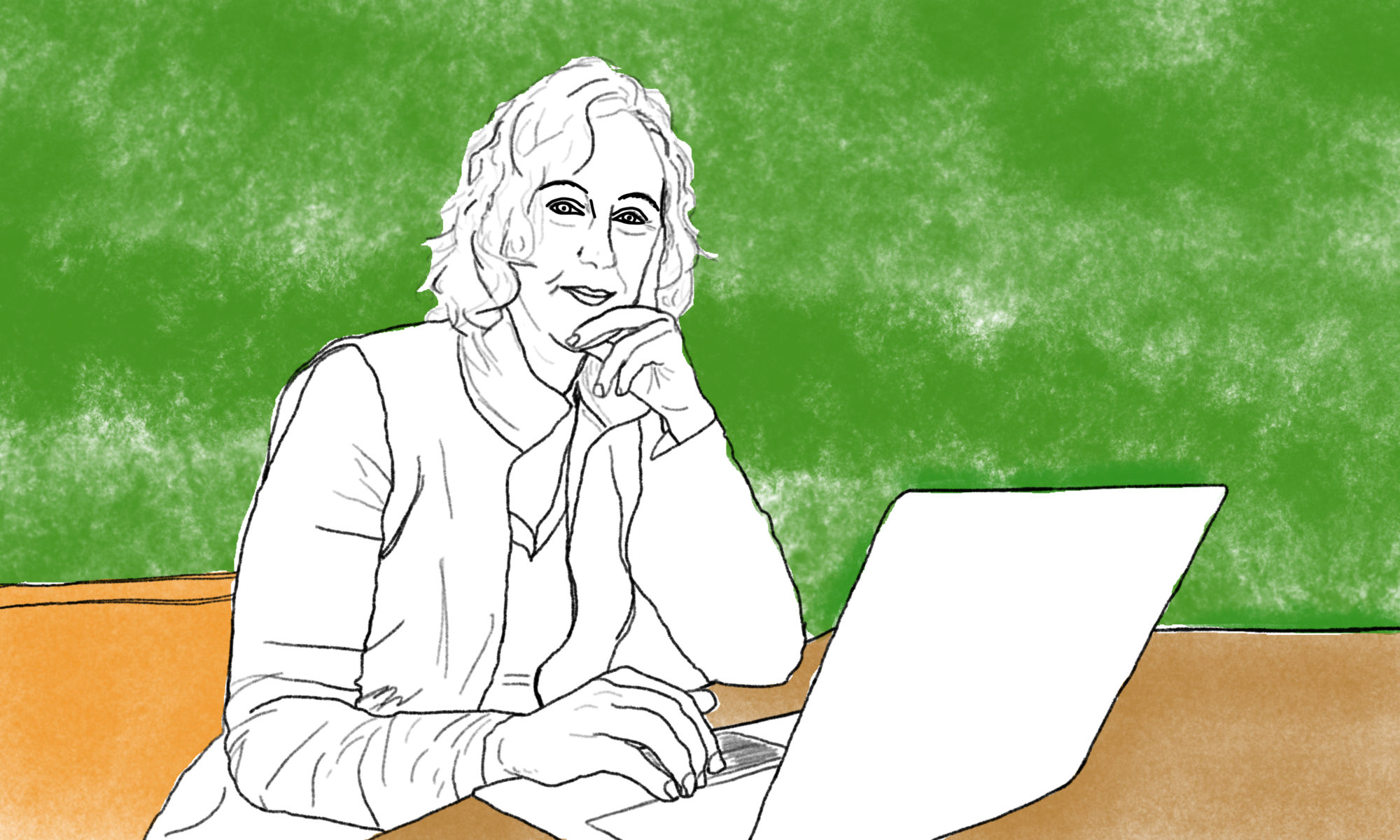Without being very aware of it, completing the online course ‘the science of everyday thinking’ brought me to an important point in my research. Over the past weeks and months I have studied how our brains work, why we think things, what unconscious shortcuts we use and what effect this has on our opinions. This research eventually led to the blog on climate change, where I summed up everything I learned and gave advise on how to make people change their minds.
That’s a wrap, you might say. But then something happened in America that made me feel that it wasn’t that simple. That there is more going on. The fact that sometimes people will keep insisting that untruths are true. Not because they believe it, but because they belong to a group in which that untruth is elevated to an established fact.
What happened? A political journalist, Jim Acosta, was refused entry to the White House. The reason given by the White House for this refusal was that Acosta would have ‘been placing his hands’ on an intern of the White House . Now the term ‘placing his hands’ is rather ambiguous, but the message was that the journalist had committed violence against the intern. A rather bizarre claim, given the images that were broadcast from the press conference at which this was supposed to have happened. What you saw was a journalist who put the president to the test with his questions, and did not want to stop asking questions.

But, not much later, the White House releases its own version of the visual material. The same images, but zoomed in, repeated and probably somewhat accelerated. Experts, journalists and those present at the event are unanimous in rejecting this obvious manipulation. The source of the film can even be traced back to infowars, a ‘spinning website’. But still: the White House chooses to officially distribute this version of the film as its truth.
What is the consequence? Everyone is now arguing with each other over the extent to which the second film has been manipulated. The objective truth has become a ‘we say – they say’ story. A very good example of the ‘somewhere in the middle’ syndrome of course: the White House hopes that if there are two versions of the film, the people will think that the truth will be ‘somewhere in the middle’. And before you know it, the journalist is still suspicious… Because where there is smoke…..

But apart from the fact that this is a very good – and very threatening – example of how faith in conspiracies works and can be stimulated, I was seized by a discussion from a different angle: to what extent is this still a matter of believing in the conspiracy? To what extent is this still about the ‘somewhere in the middle’ syndrome, and about the continued belief of the people in the innocence of the president?
On twitter Amanda Marcotte, a political writer known to be ‘a strong voice for the left‘, took the view that we have long passed this phase in mass hysteria. This is no longer a matter, she said, of gullible and worried citizens who are fooled by their brains. This is now a question of peer pressure and abuse of power, of tribalism. People no longer believe in the myth, people do what the group – and the boss of the group – says they should do.

The distinction may be subtle, but it is important: in mass hysteria the people still believe in the lies, in tribalism the people know very well that lies are being told, but they still support lies. Because in tribalism it is a sign of loyalty to the boss, if you support him even if he lies.
You have to fight mass hysteria as I explained in my previous blog: presenting the facts in the right way. But what do you do with tribalism? Talking back is actually not desirable, after all: it is also a sign of loyalty to the boss if you can infuriate the ‘enemy’. And if we really are in a state of tribalism, we are in the middle of this enemy thinking. You don’t believe the enemy, not even if he presents the argument well. In fact, it’s no longer about believing at all. It’s about loyalty and power.

I don’t actually want to finish these thoughts in my head. I think a world in which large groups of people are victims of mass hysteria is a lot friendlier than a world in which we fight tribal wars. But at the same time I feel in my bones that I have the next phase of my research here. Changing your mind, that was one thing. Now we have to find a way to change our mind publicly in a group, and to change our behavior as well. This research has to be continued…

